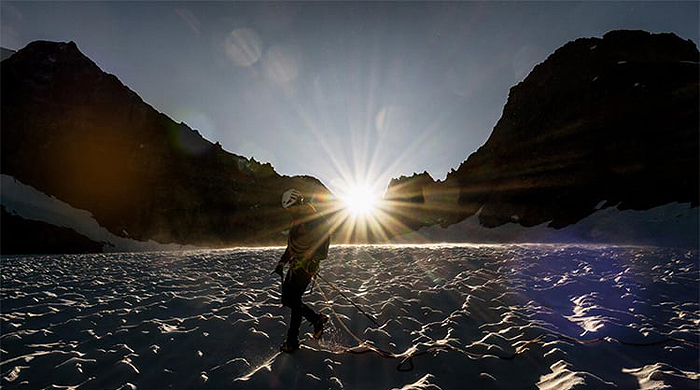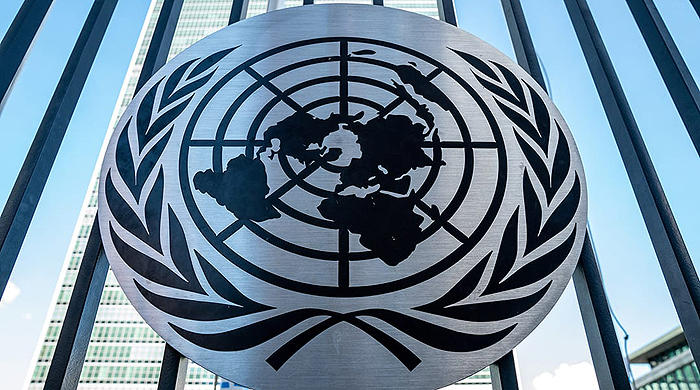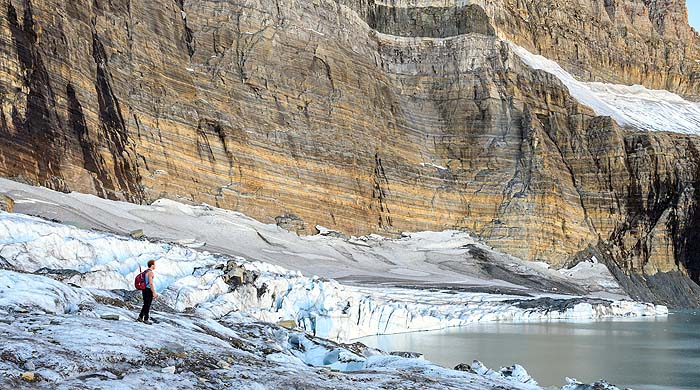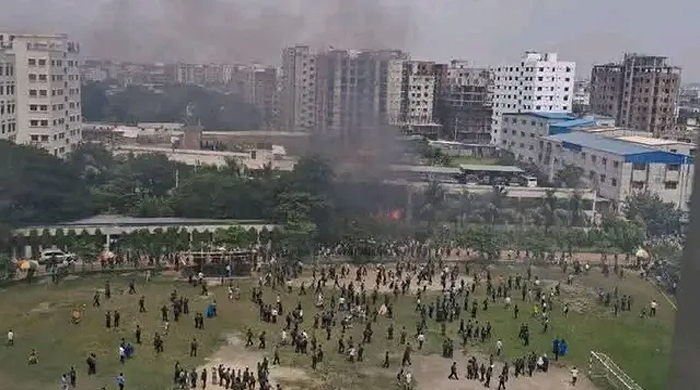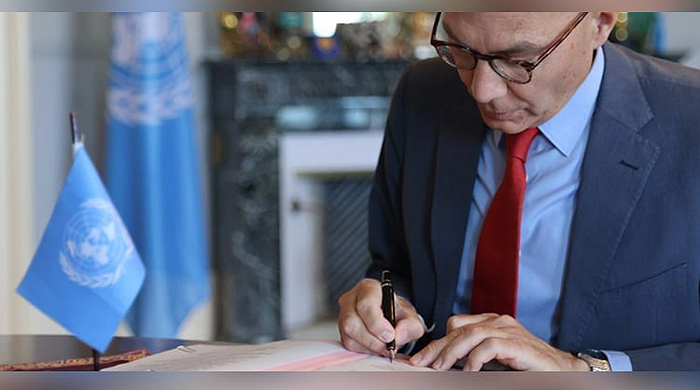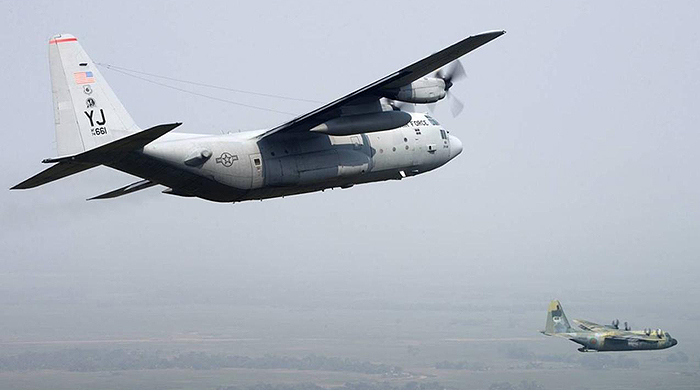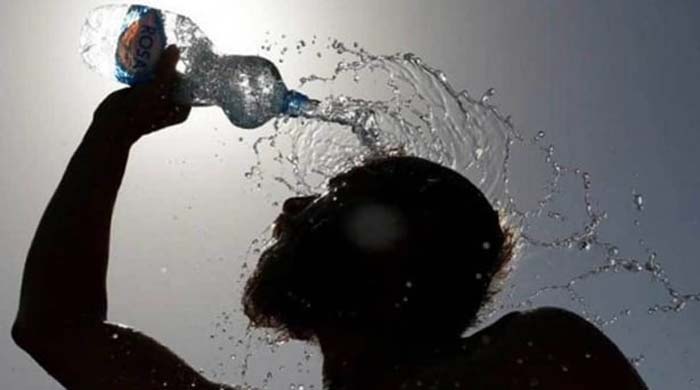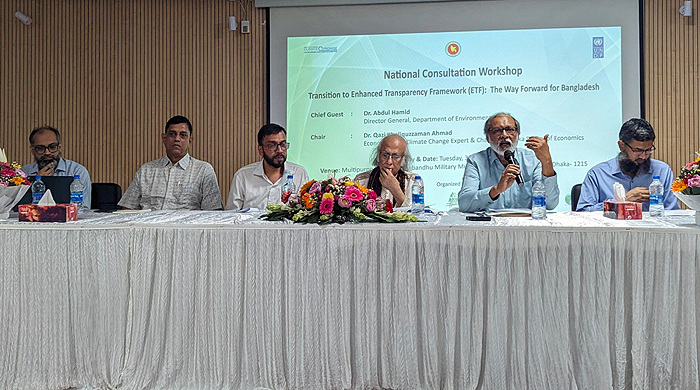SAINT-CHRISTOPHE-EN-OISANS, France, July 16, 2025 (Khondaker Abdul Motin, Editor/AFP) — An intense June heatwave has accelerated the melting of snow and glaciers in the French Alps, leading to serious water shortages at mountain shelters—just as the summer hiking season begins.
“Everything has dried up,” said Noemie Dagan, who manages the Selle refuge, a high-altitude chalet sitting at 2,673 meters (8,769 feet) in the Ecrins mountains. Normally, the melting snow provides water to her 60-bed refuge, but this year it’s already disappearing faster than expected.
“The snowpack looks like what we usually see at the end of July or early August,” she said. “We’re nearly a month ahead in terms of melting.”
Without a water tank, the refuge depends entirely on natural water runoff from the mountains. If that source dries up, it may be forced to close—something that already happened in August 2023.
To prevent another shutdown, Dagan has set up a difficult backup system using a one-kilometer-long plastic pipe to draw water from a nearby glacier near Pic de la Grave. But the terrain is steep and unstable, and violent storms have made the setup even more vulnerable.
Over her 15 years working in the area, Dagan has seen dramatic changes in the landscape. “The mountains and glaciers are transforming,” she said. “They are our water towers. And we are like sentinels, witnessing what’s ahead.”
“We Never Imagined This Would Happen”
Local mountain guide Thomas Boillot said that water shortages in the Alps were once unthinkable. “It never even crossed our minds,” he said. But now, he admits, such problems are becoming more frequent—and likely to increase.
Many of the snowfields that used to last year-round now melt away in summer. Rainfall is becoming less predictable. As glaciers melt and shift, traditional water sources for mountain shelters are drying up. What once flowed naturally downhill must now be pumped from below.
Scientists warn that climate change is hitting the Alps nearly twice as hard as other parts of the world. If current trends continue, today’s glaciers may be reduced to tiny remnants—or disappear entirely—by the end of the century.
In nearby Switzerland, the situation is also alarming. Authorities report that the snow and ice there have melted five to six weeks earlier than usual across the country’s 1,400 glaciers.
Xavier Cailhol, a PhD student in environmental science and mountain guide, recently visited Mont Blanc and called the conditions “brutal.”
“I started ski touring in June with 40 centimeters of fresh snow,” he said. “But by the end, the glaciers were completely exposed—even as high as 3,700 meters at Midi Peak.”
Snow cover plays a crucial role in reflecting sunlight and protecting glacier ice. Without it, the ice melts faster. “Above 3,200 meters, it’s drier than anything we’ve ever seen,” Cailhol warned. “It’s very concerning for the rest of the summer.”
One striking example is the Bossons Glacier, a massive ice tongue overlooking the valley near Chamonix. A small patch of gravel has grown and is now speeding up the melting process because its dark surface absorbs more heat.
The glacier’s retreat is clearly visible from Chamonix, making it a daily reminder of the broader crisis facing glaciers worldwide.
“It’s a symbol,” said Cailhol.

